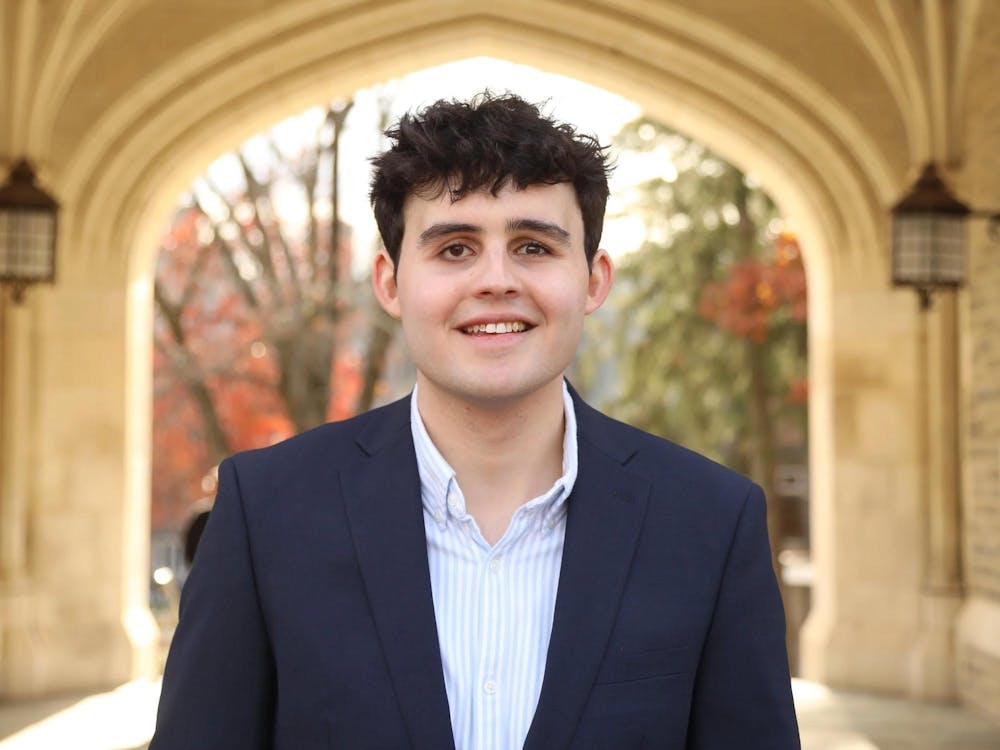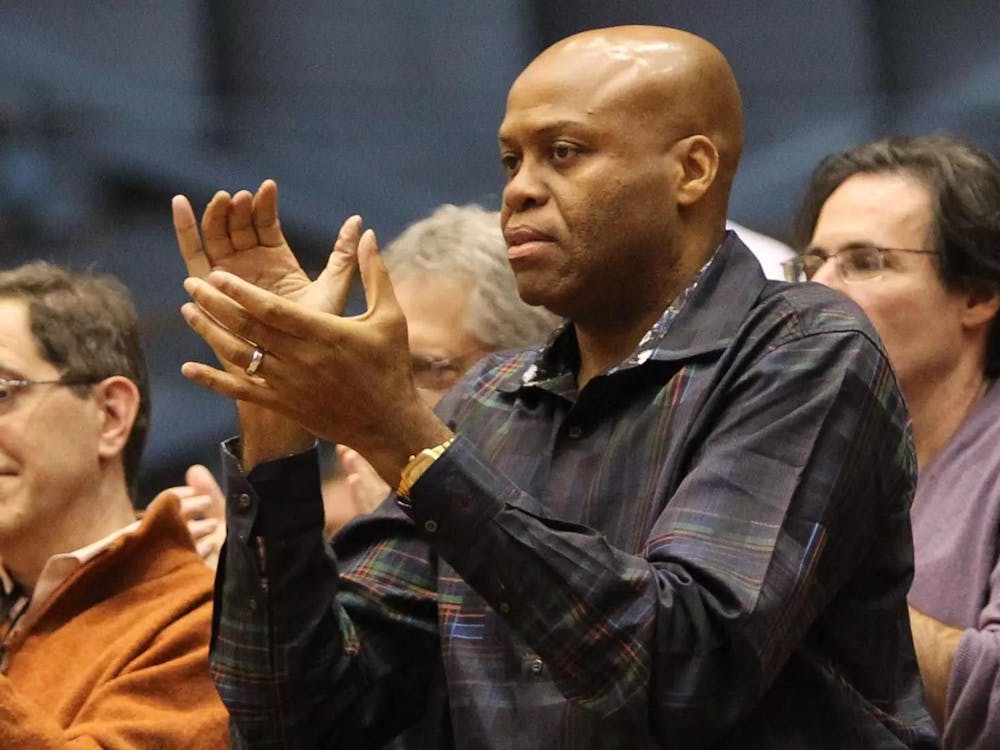The Wilson School hosted a faculty panel discussion titled “After the Earthquake: Japan’s Nuclear Plant Crisis” on Thursday afternoon in Dodds Auditorium.
The panel discussed the causes of the recent nuclear crisis at Japan’s Fukushima Daiichi plant, its broader implications and the risks posed to our nation’s aging nuclear infrastructure.
The crisis began after a 9.0-magnitude earthquake off the coast of Japan triggered a tsunami on March 11.
“An hour after the earthquake, the tsunami arrived at the Fukushima Daiichi plant,” said mechanical and aerospace engineering professor Alexander Glaser, a member of the University’s Program on Science and Global Security.
The site, which contains six reactors, lost all external power as well as power from its backup generator shortly after the tsunami made landfall. “By about midnight they faced complete station blackout,” Glaser explained.
Three of the reactors were not operating at the time of the incident due to maintenance work. As per safety procedure, control rods were dropped into active reactors 1, 2 and 3, slowing the reactors to 5 percent of their power levels, according to Glaser.
He added that a tremendous amount of heat is still being generated by the core and noted the inability of cooling them without electricity, saying, “[There is] one last strategy to cool the core, which is to release the steam containing radioactive materials”.
Panelists thought the design of old plants such as Fukushima, built in the 1970s, may contribute to safety problems in the future.
“About 40 percent of U.S. reactors are now approaching their 40-year life span,” said Glaser, expressing concern over the safety risks involved as their operating lives continue to be extended.
Wilson school lecturer M. V. Ramana, an associate research scholar at the Program on Science and Global Security, described the current safety mechanisms in place at Fukushima and similar reactor designs in the United States.
“They’ve settled on something called ‘defense in depth’ ... involving multiple layers of protection,” Ramana said.
Ramana explained that the fuel rods are contained in metal cladding made of zirconium, with the fuel rods being placed in a pressure vessel and the whole structure contained in one or more containment buildings.

“The temperature of the rods keeps increasing,” Ramana said. “Eventually the cladding fails and the zirconium reacts to produce hydrogen gas and steam ... Once hydrogen comes in contact with air there is a possibility of explosion and that’s what happened.”
“Multiple safety systems make sense ... [but] accidents are going to be inevitable,” he said.
Frank von Hippel, a Wilson School professor who served as assistant director for national security in the White House Office of Science and Technology Policy from 1993 to 1994, spoke on the aging nuclear infrastructure in the United States. “The question will be these old plants and how we can make them safer,” he explained.
von Hippel expressed concern about the overtly political nature of the past appointments for the Nuclear Regulatory Committee chairman.
“The pressure on them has not been focused on safety,” he said. “Appointments aren’t made if they’re not backed by the nuclear industry.”
In the past, von Hippel said, he has suggested to the committee that “if it comes to a point where gases need to be released ... [to] at least filter the gases,” something the NRC rejected.
Von Hippel also expressed concern over the limited 10-mile emergency zone around U.S. plants, the areas that are the first to be evacuated or given potassium iodide pills to protect against radiation poison in the case of an emergency.
“The American Embassy in Tokyo is handing out potassium iodide pills to Americans 140 miles from the Fukushima plant,” he said, adding that there are at least four reactors within 100 miles of the University, some of which are nearing their 40-year life span.
Civil and environmental engineering professor Erik Vanmarcke also participated in the panel. Vanmarcke specializes in risk assessment and geologic and climate hazards.
During the question and answer section, the panelists discussed the challenges the nuclear industry faces in terms of economics and public opinion.
Acknowledging the effect that the recent disaster will have, Glaser said, “The future of nuclear power today looks more uncertain than [it did] two weeks ago.”







